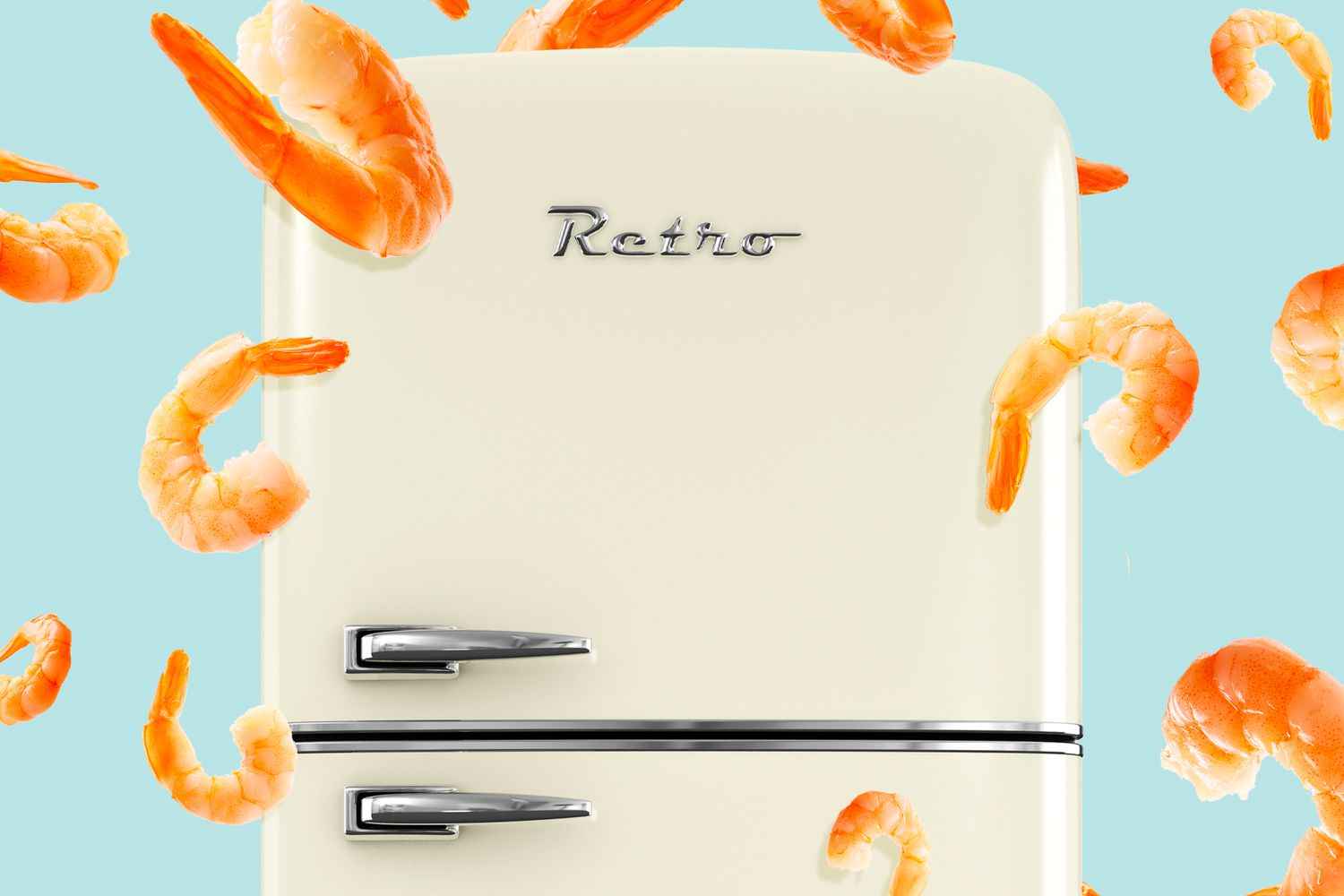

Articles
How Long Is Shrimp Good In The Refrigerator
Modified: January 18, 2024
Discover how long shrimp remains fresh in the refrigerator and learn useful tips for storing and preserving it. Explore our informative articles for expert advice and guidance.
(Many of the links in this article redirect to a specific reviewed product. Your purchase of these products through affiliate links helps to generate commission for Storables.com, at no extra cost. Learn more)
Introduction
Welcome to the world of seafood enthusiasts! Shrimp, also known as the “fruit of the sea,” is a popular and versatile ingredient in countless dishes around the globe. Whether you love it grilled, sautéed, or tossed in a salad, it’s important to know how long shrimp can remain fresh in your refrigerator.
While the shelf life of shrimp can vary depending on various factors, proper storage techniques can help extend its freshness. In this article, we will delve into the factors that affect the shelf life of shrimp, discuss the recommended storage times for different types of shrimp, and provide tips on how to maximize its refrigerated lifespan.
So, if you’ve ever found yourself wondering how long shrimp is good in the refrigerator, continue reading to discover all the information you need to know!
Key Takeaways:
- Proper storage, temperature control, and handling techniques are crucial for extending the shelf life of shrimp in the refrigerator and preserving its freshness and quality.
- Understanding the signs of spoiled shrimp, recommended storage times for different types of shrimp, and implementing useful tips can help maximize the refrigerated lifespan of this delectable seafood.
Factors Affecting the Shelf Life of Shrimp
Several factors influence the shelf life of shrimp, and understanding these factors is crucial for keeping your shrimp fresh and safe to consume. Here are the key factors:
- Freshness at the Time of Purchase: The initial quality of the shrimp is a significant factor in determining its shelf life. Look for shrimp with firm and translucent flesh, a mild oceanic smell, and no signs of discoloration or sliminess.
- Handling and Storage: Proper handling and storage practices play a vital role in maintaining the freshness of shrimp. Shrimp should be promptly refrigerated or placed on ice after purchase to slow down bacterial growth.
- Temperature: Shrimp should be stored at a consistent and optimal temperature in the refrigerator. The ideal temperature range for storing shrimp is between 32°F (0°C) and 38°F (3°C). Temperatures above 40°F (4°C) can accelerate bacterial growth, while freezing temperatures can affect the texture and quality of the shrimp.
- Packaging: The packaging of shrimp also plays a role in preserving its freshness. Shrimp purchased in vacuum-sealed or tightly sealed containers lasts longer than shrimp stored in open packages. Proper packaging helps prevent contamination and reduces exposure to air and moisture.
- Species and Size: Different species of shrimp have varying shelf lives. For example, larger shrimp tend to have a longer shelf life than smaller ones. The specific species may also have an impact on how quickly the shrimp spoils.
- Preservatives: Some shrimp on the market may contain added preservatives that can extend their shelf life. These preservatives help inhibit bacterial growth and delay spoilage. It’s important to check the packaging or ask the retailer about any preservatives used.
By considering these factors and implementing proper storage techniques, you can extend the shelf life of your shrimp and enjoy it at its freshest!
Proper Storage of Shrimp in the Refrigerator
To maximize the shelf life and quality of your shrimp, it’s essential to store it properly in the refrigerator. Here are some guidelines to follow:
- Preparation: Before storing shrimp in the refrigerator, it’s important to ensure that it is properly prepared. Remove any shells, heads, or tails, and devein the shrimp if necessary. Rinse the shrimp under cold water to remove any excess dirt or debris.
- Moisture Control: Excess moisture can speed up the deterioration of shrimp. Pat the shrimp dry with paper towels before storing. Avoid storing shrimp in containers with excessive moisture or touching wet surfaces, as this can lead to spoilage.
- Airtight Container: Place the prepared shrimp in an airtight container or wrap it tightly in plastic wrap before refrigerating. This helps to prevent moisture loss and protects the shrimp from absorbing odors from other foods in the refrigerator.
- Temperature: Set your refrigerator to a temperature between 32°F (0°C) and 38°F (3°C) to ensure that the shrimp stays cold but does not freeze. Use a refrigerator thermometer to monitor and maintain the proper temperature consistently.
- Separation: It’s advisable to store shrimp in a separate compartment or area of the refrigerator away from other foods. This prevents cross-contamination and reduces the risk of absorbing strong odors from neighboring items.
- First-In-First-Out (FIFO): Practice the “first-in-first-out” approach with your shrimp. Consume the oldest shrimp first to prevent them from sitting in the refrigerator for too long.
Remember, following these storage guidelines will help preserve the quality and freshness of your shrimp for as long as possible.
Signs of Spoiled Shrimp
It’s crucial to be able to identify the signs of spoiled shrimp to avoid consuming potentially harmful seafood. Here are some common indicators that your shrimp has gone bad:
- Off Odor: Fresh shrimp should have a pleasant, mild oceanic smell. If you notice a strong, ammonia-like or pungent odor, it is a clear sign that the shrimp has spoiled and should be discarded.
- Discoloration: Fresh shrimp is usually translucent or slightly gray with a slight pink hue. If the shrimp has turned gray or has a yellow or brown coloration, it has likely gone bad.
- Sliminess: While shrimp has a naturally slimy texture, spoiled shrimp will feel excessively slimy or sticky. Any sliminess that feels unnatural or accompanied by an off smell is a clear indication of spoilage.
- Texture Changes: Fresh shrimp should have a firm, slightly springy texture. If the shrimp feels mushy, soft, or lacks resilience when touched, it is a sign of deterioration.
- Mold or Growth: If you observe any mold growth or unusual spots on the shrimp’s surface, it is an unmistakable sign of spoilage. Discard the shrimp immediately.
- Frozen Shrimp: Freezing can affect the quality of shrimp over time. If frozen shrimp shows signs of freezer burn, such as ice crystals or dehydration, it is best to discard it.
It’s important to trust your senses when determining if shrimp is still good to eat. If you have any doubts about the freshness or safety of the shrimp, it’s always better to err on the side of caution and dispose of it.
Shrimp is good in the refrigerator for 2-3 days. To maximize freshness, store it in an airtight container or resealable bag, and place it in the coldest part of the fridge.
Recommended Storage Times for Different Types of Shrimp
The storage time for shrimp can vary depending on the type of shrimp and its initial freshness. Here are some general guidelines for recommended storage times:
- Fresh Shrimp: If you’ve purchased fresh shrimp, it is best to consume it within 1-2 days of purchase. Fresh shrimp deteriorates quickly, so it’s important to use it as soon as possible for optimal flavor and quality.
- Cooked Shrimp: Cooked shrimp can be stored in the refrigerator for 3-4 days. Make sure to cool the cooked shrimp quickly and store it in an airtight container to maintain its freshness and prevent bacterial growth.
- Frozen Shrimp: Frozen shrimp can be stored in the freezer for up to 6 months. Properly package the shrimp in airtight containers or freezer bags to prevent freezer burn. Remember to label the packaging with the date of freezing for easy reference.
- Canned Shrimp: Canned shrimp can have a longer shelf life and can be stored at room temperature until opened. Once opened, transfer any leftover shrimp to an airtight container and refrigerate for up to 3-4 days.
- Dried or Salted Shrimp: Dried or salted shrimp have a longer shelf life due to the preservation process. When stored in a cool, dry place in an airtight container, these types of shrimp can last for several months to a year.
It’s important to note that these recommended storage times are general guidelines. Always use your judgment and rely on your senses to determine if the shrimp is still fresh and safe to consume. If in doubt, it’s advisable to err on the side of caution and discard the shrimp.
Tips for Extending the Shelf Life of Shrimp
Whether you’re planning to store fresh, cooked, or frozen shrimp, here are some tips to help you extend its shelf life and maintain its quality:
- Buy Fresh Shrimp: Purchase shrimp from a reputable source known for their fresh seafood. Choose shrimp with firm flesh, a mild oceanic smell, and no signs of discoloration or sliminess.
- Handle with Care: Proper handling is essential to maintain the freshness of shrimp. Avoid rough handling that could damage the shrimp and lead to bacterial growth. Always use clean utensils and work surfaces when handling shrimp.
- Chill Quickly: After purchasing shrimp, refrigerate or place it on ice as soon as possible. This helps to slow down bacterial growth and maintains the quality of the shrimp. Avoid leaving shrimp at room temperature for an extended period.
- Use Airtight Containers: Proper packaging is crucial for preserving the freshness of shrimp. Store shrimp in airtight containers or tightly wrap it in plastic wrap to prevent moisture loss and protect it from absorbing odors from other foods in the refrigerator.
- Keep Proper Temperature: Set your refrigerator to a temperature between 32°F (0°C) and 38°F (3°C) to keep the shrimp cold but not frozen. Avoid opening the refrigerator frequently, as temperature fluctuations can affect the shrimp’s quality.
- Separate and Label: Keep shrimp in a separate compartment or area of the refrigerator to avoid cross-contamination with other foods. Use clear labeling or date stickers to easily identify the storage time and use older shrimp first.
- Freeze Properly: If you have excess shrimp that you want to freeze, ensure it is properly wrapped and sealed in a freezer-safe container or bag. Remove as much air as possible to prevent freezer burn. Consider portioning the shrimp before freezing for easier usage.
- Regularly Check for Spoilage: Monitor your shrimp regularly for any signs of spoilage, such as off odor, discoloration, sliminess, or texture changes. Discard any shrimp that shows these signs to avoid risk to your health.
- Cook and Consume: If you have fresh shrimp that you want to extend its shelf life, consider cooking it before it spoils. Cooked shrimp can be stored for a longer time than raw shrimp, provided it is properly cooled and stored in the refrigerator.
By following these tips, you can maximize the shelf life of your shrimp and enjoy it at its freshest for longer periods.
Conclusion
Knowing how long shrimp is good in the refrigerator is essential for maintaining its freshness and ensuring its safety for consumption. By understanding the factors that affect the shelf life of shrimp and implementing proper storage techniques, you can extend its lifespan and enjoy it at its best.
Factors such as freshness at the time of purchase, handling and storage practices, temperature, packaging, species, and preservatives all play a role in determining how long shrimp remains fresh. By considering these factors and following the proper storage guidelines, you can maximize the shelf life of your shrimp.
It’s important to be able to identify the signs of spoiled shrimp, such as off odor, discoloration, sliminess, and texture changes. Trust your senses and rely on your judgment to determine if the shrimp is still good to eat. When in doubt, it’s always better to discard the shrimp to avoid any potential health risks.
Different types of shrimp have varying recommended storage times. Fresh shrimp should be consumed within 1-2 days, while cooked shrimp can be stored for 3-4 days. Frozen shrimp can last up to 6 months in the freezer, while canned and dried shrimp have longer shelf lives.
To extend the shelf life of shrimp, follow some useful tips such as purchasing fresh shrimp, handling it with care, chilling it quickly, using airtight containers, maintaining the proper temperature, separating and labeling, properly freezing excess shrimp, regularly checking for spoilage, and considering cooking and consuming to preserve freshness.
By implementing these tips and guidelines, you can enjoy shrimp at its peak freshness and maximize its refrigerated lifespan. So, the next time you stock up on this delightful seafood, store it properly and savor its delectable flavors for as long as possible.
Frequently Asked Questions about How Long Is Shrimp Good In The Refrigerator
Was this page helpful?
At Storables.com, we guarantee accurate and reliable information. Our content, validated by Expert Board Contributors, is crafted following stringent Editorial Policies. We're committed to providing you with well-researched, expert-backed insights for all your informational needs.
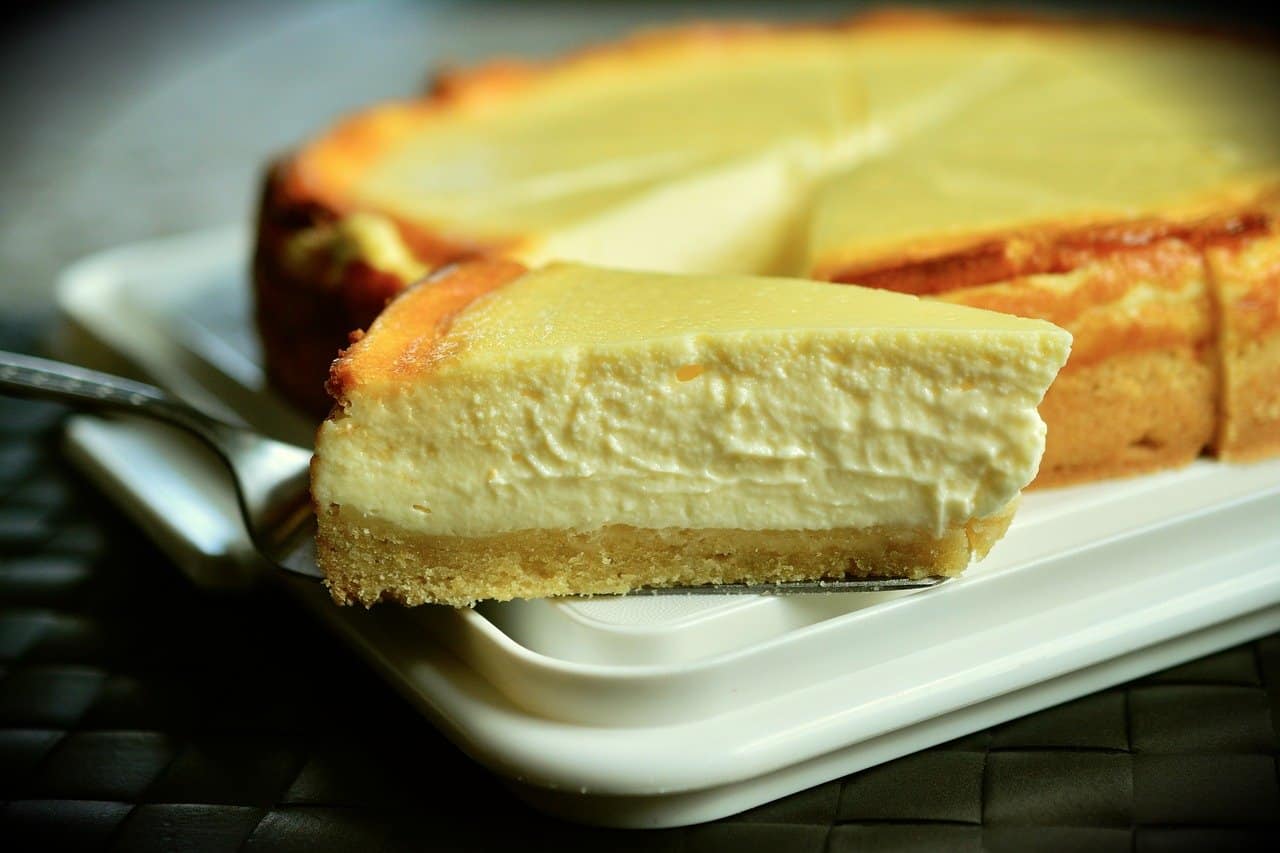
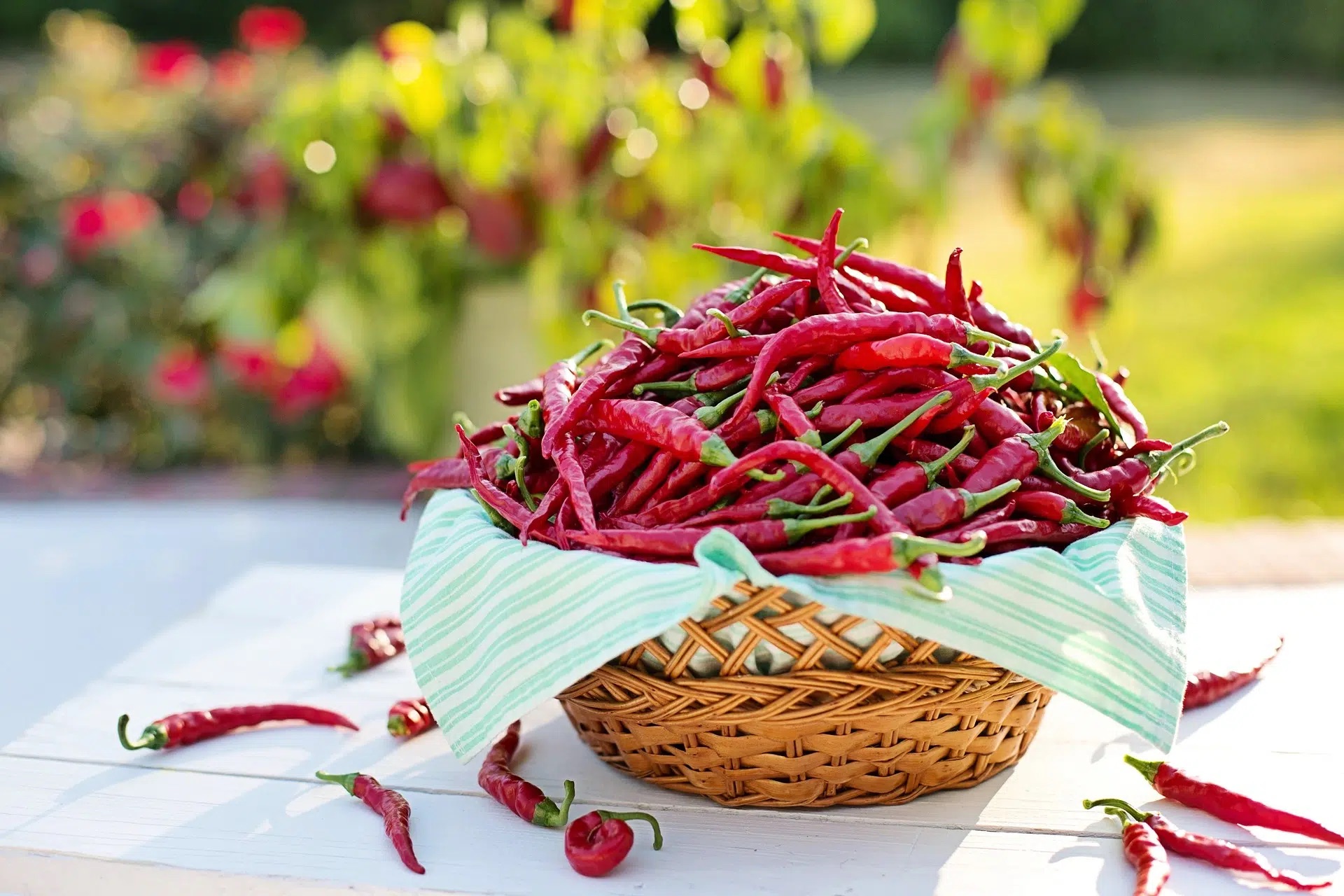
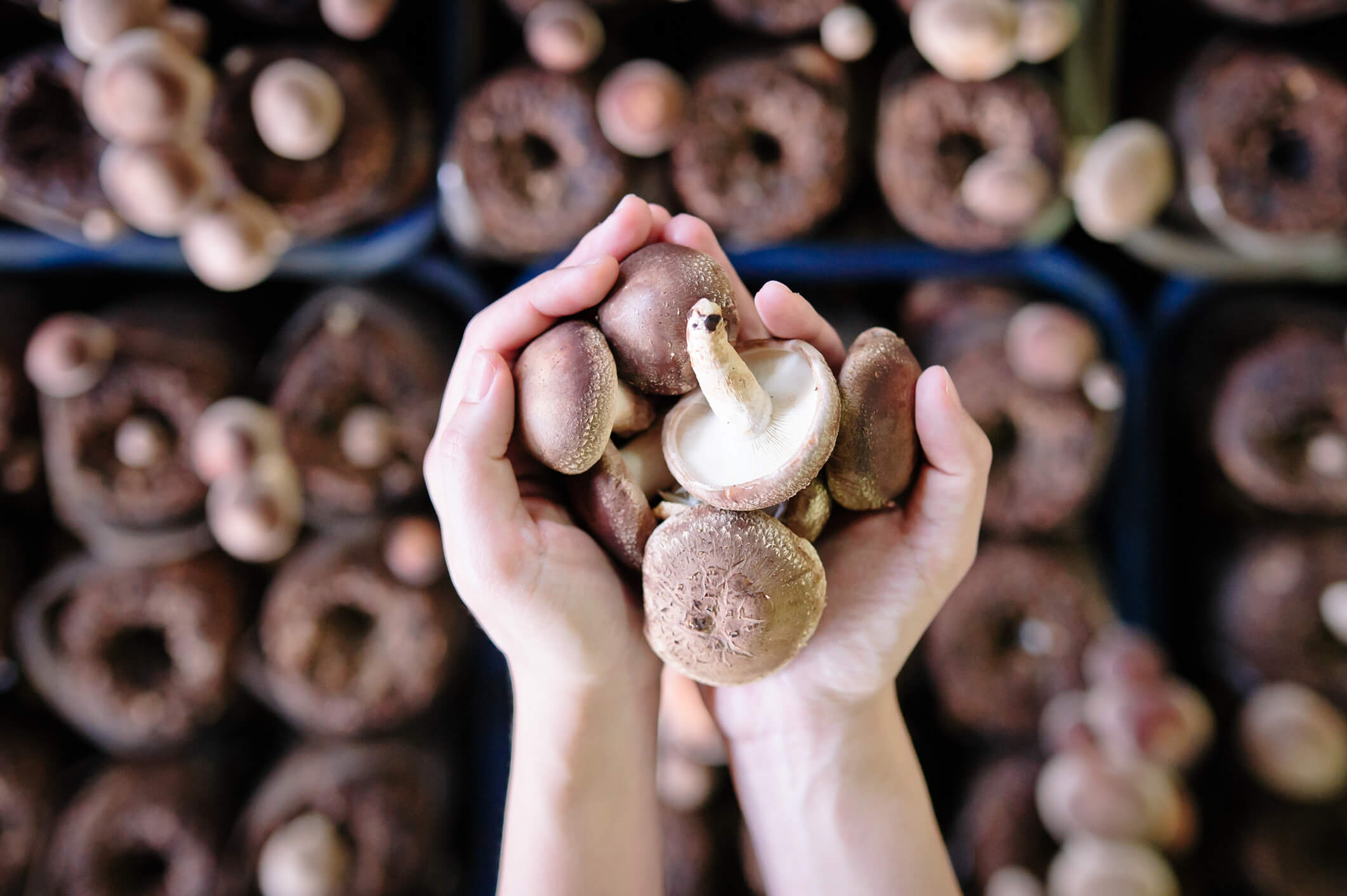
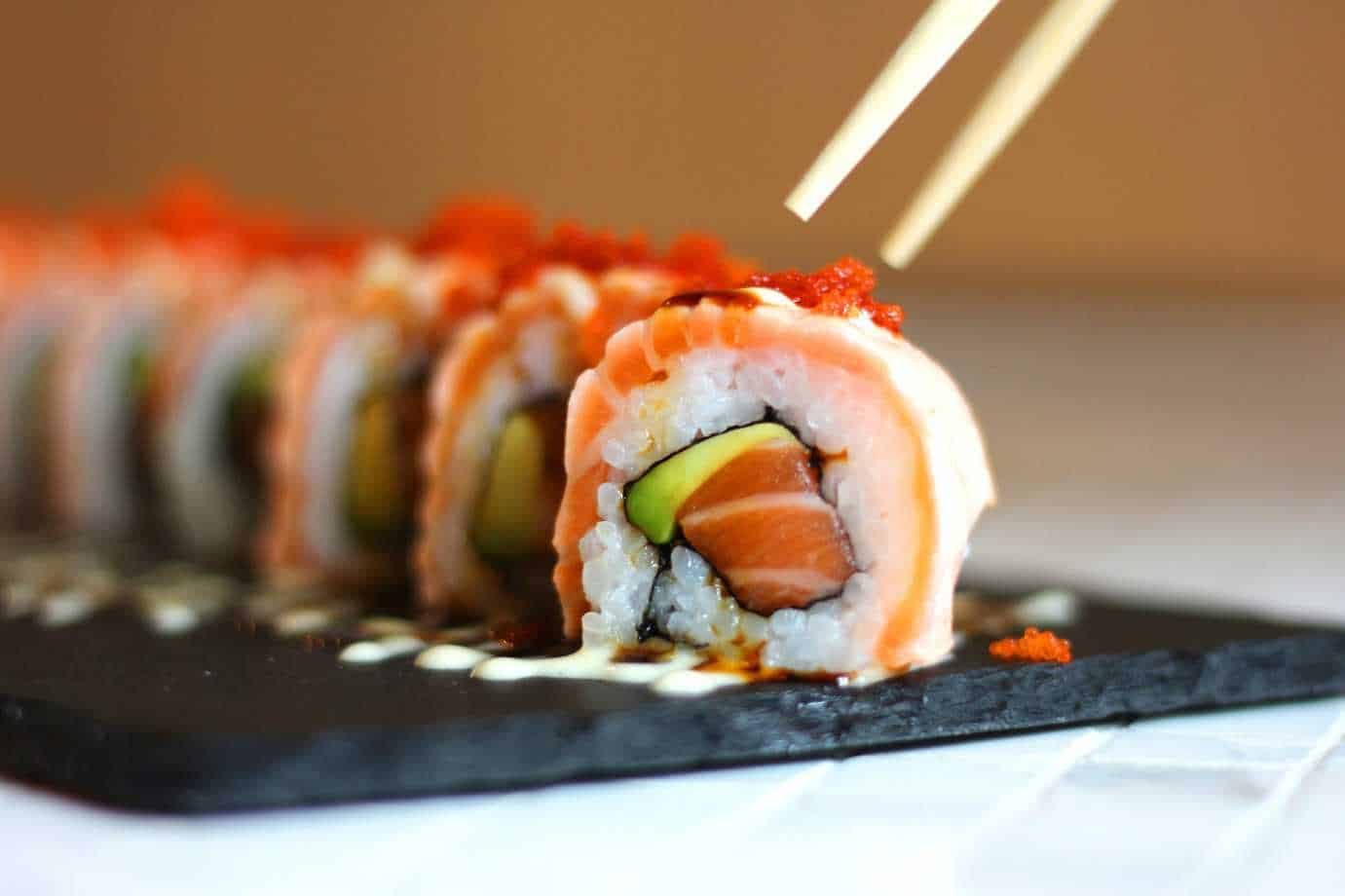
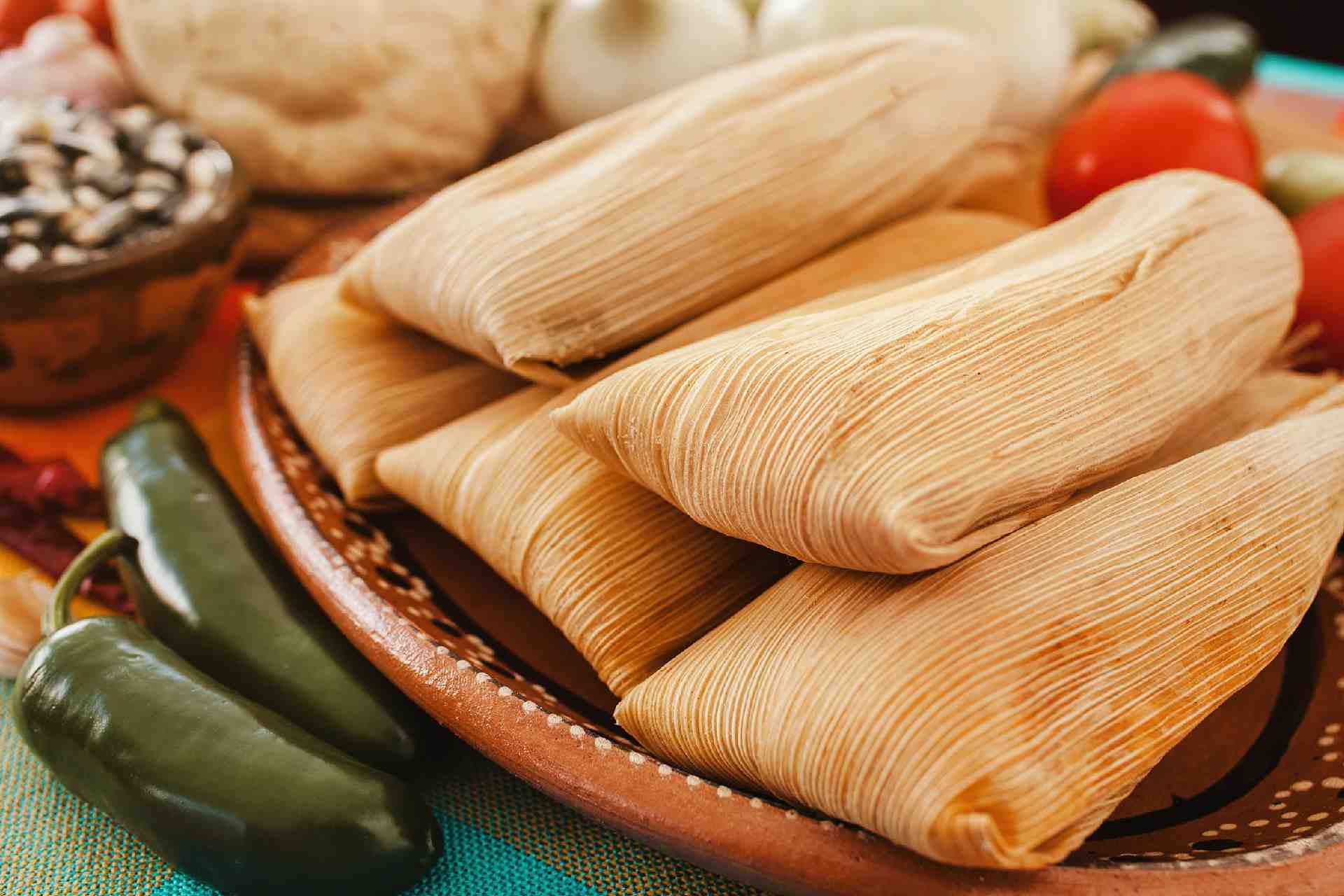
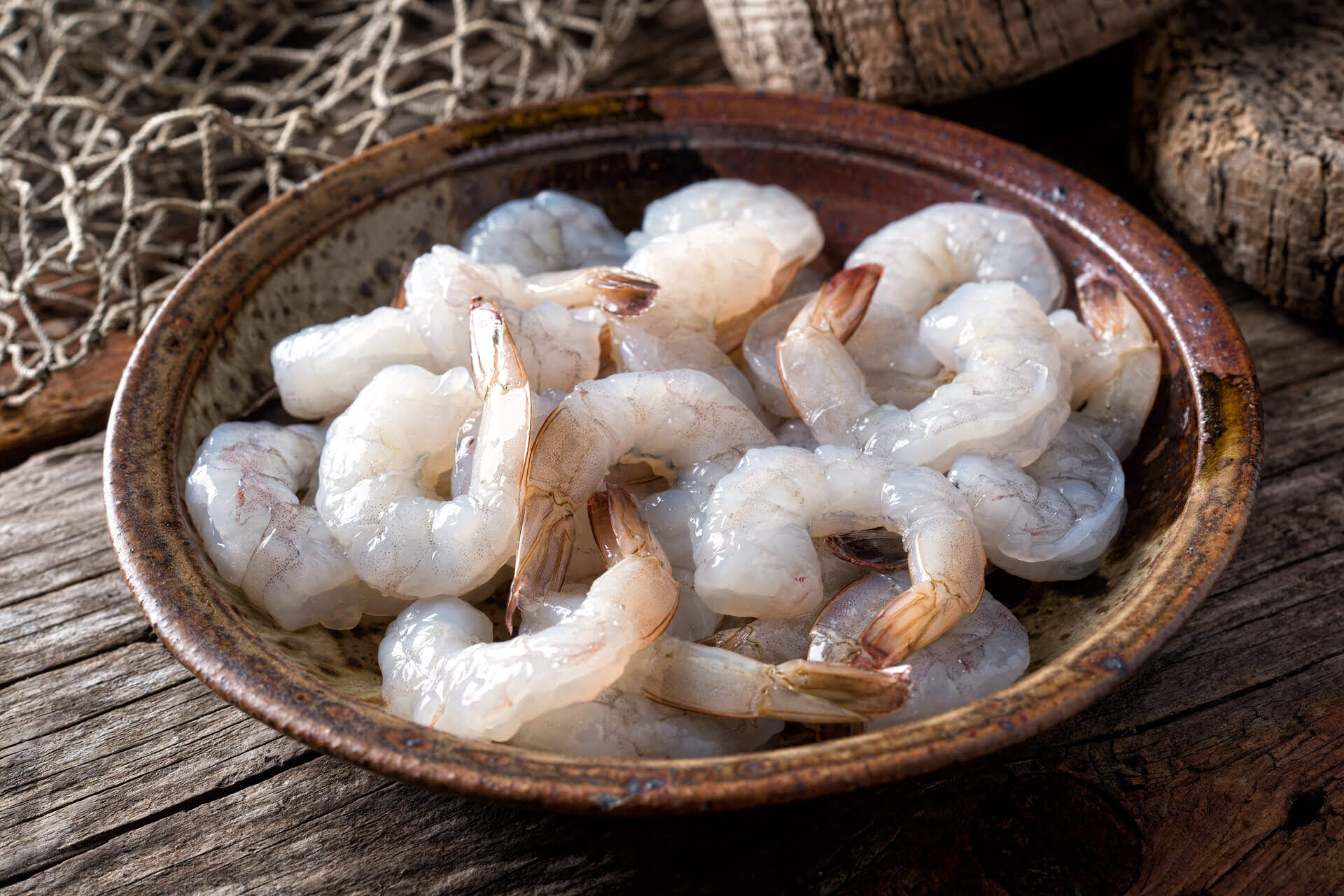
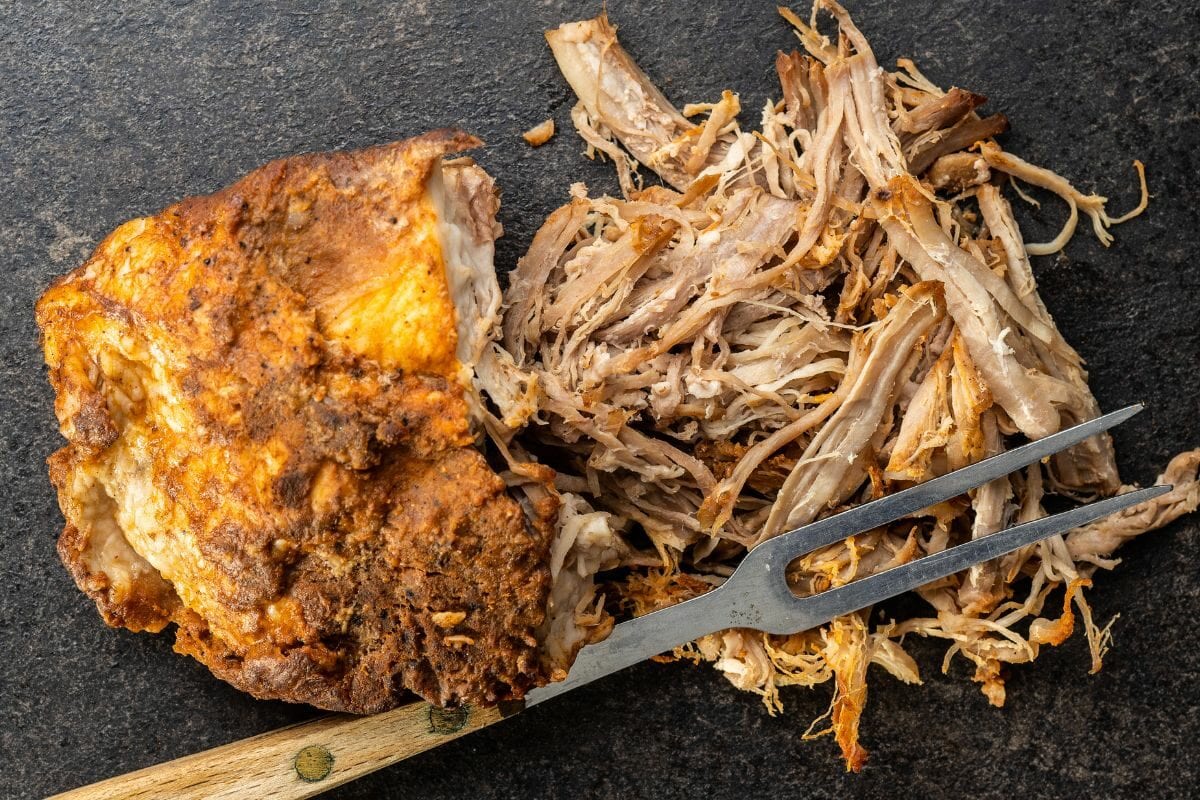
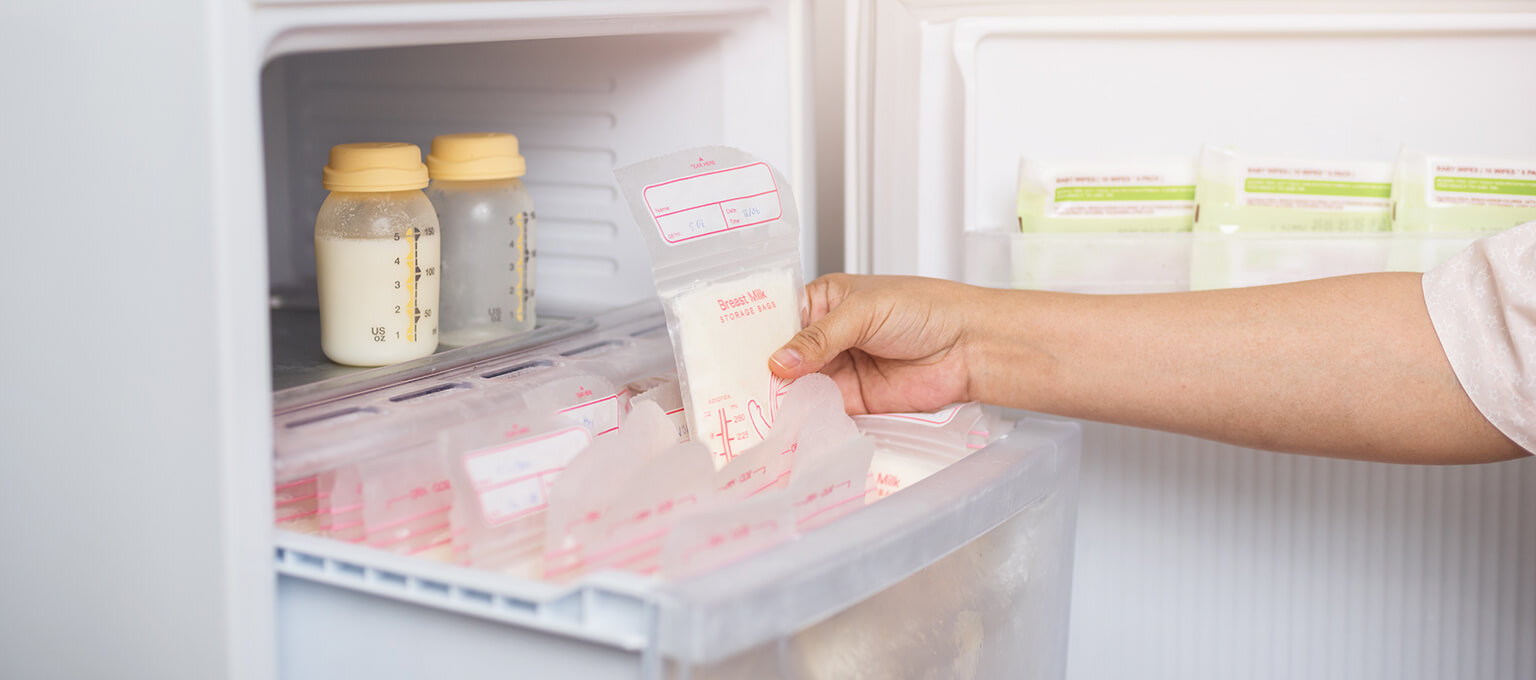
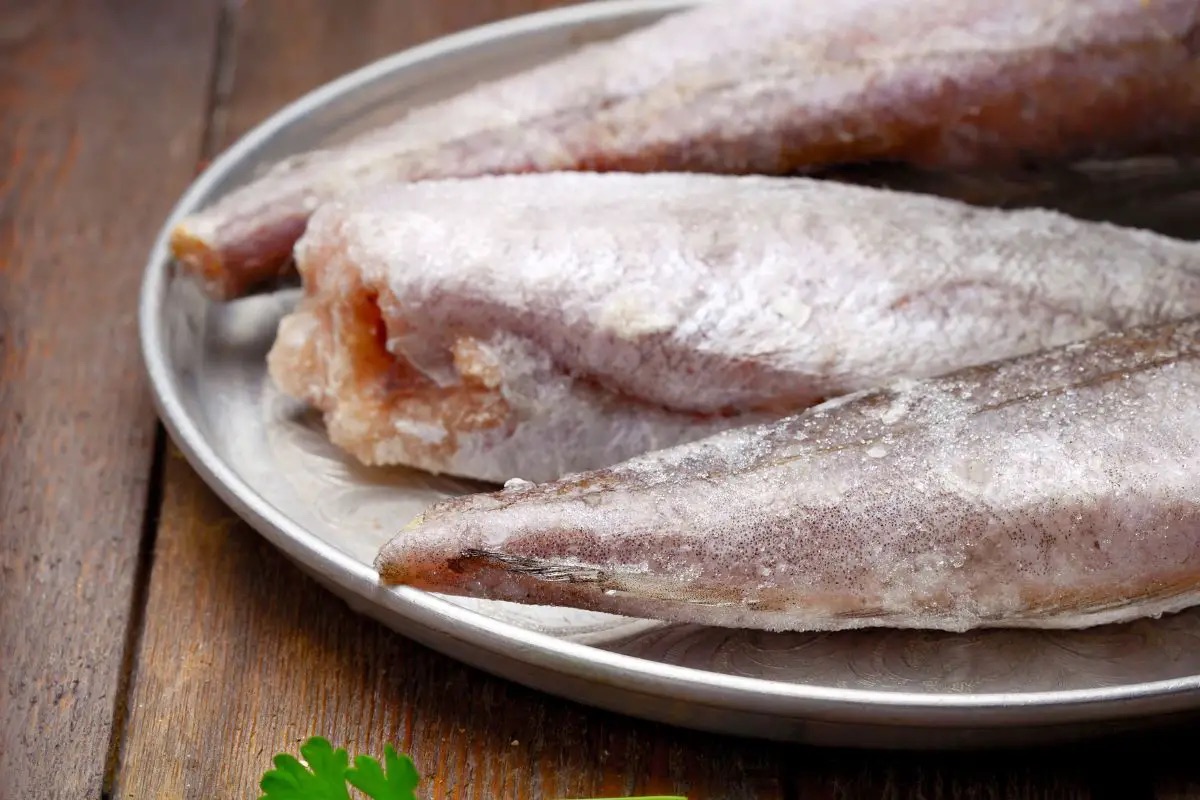
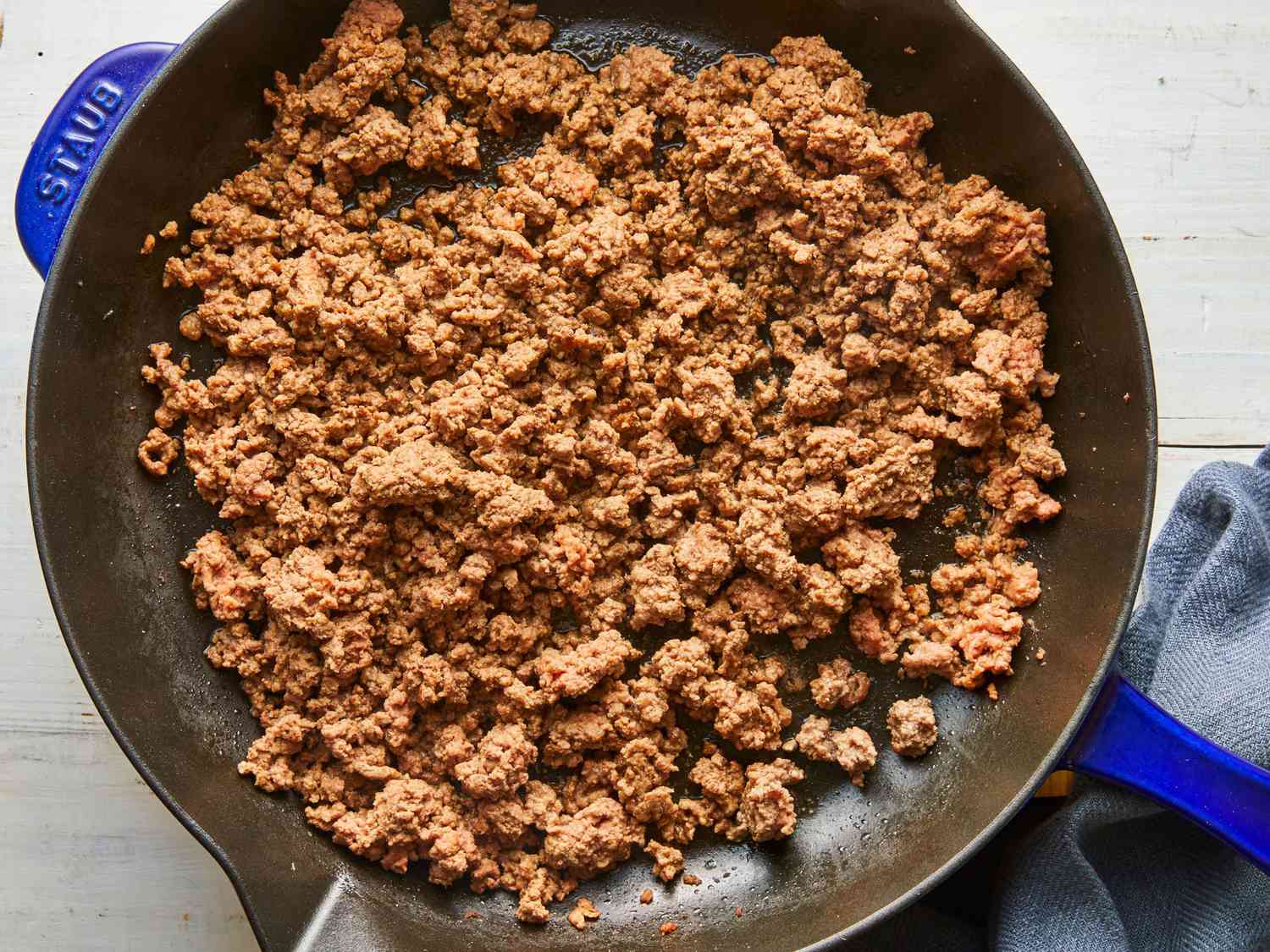
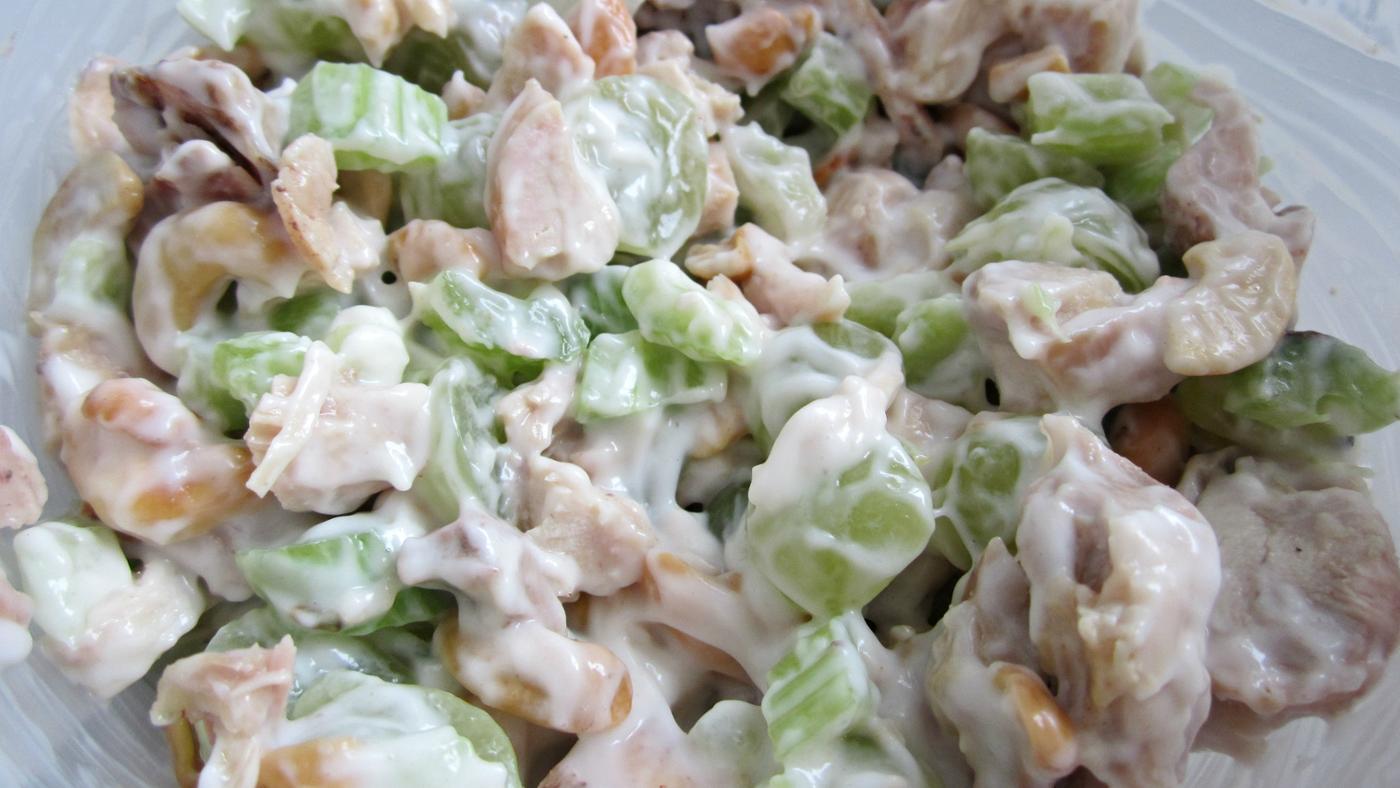
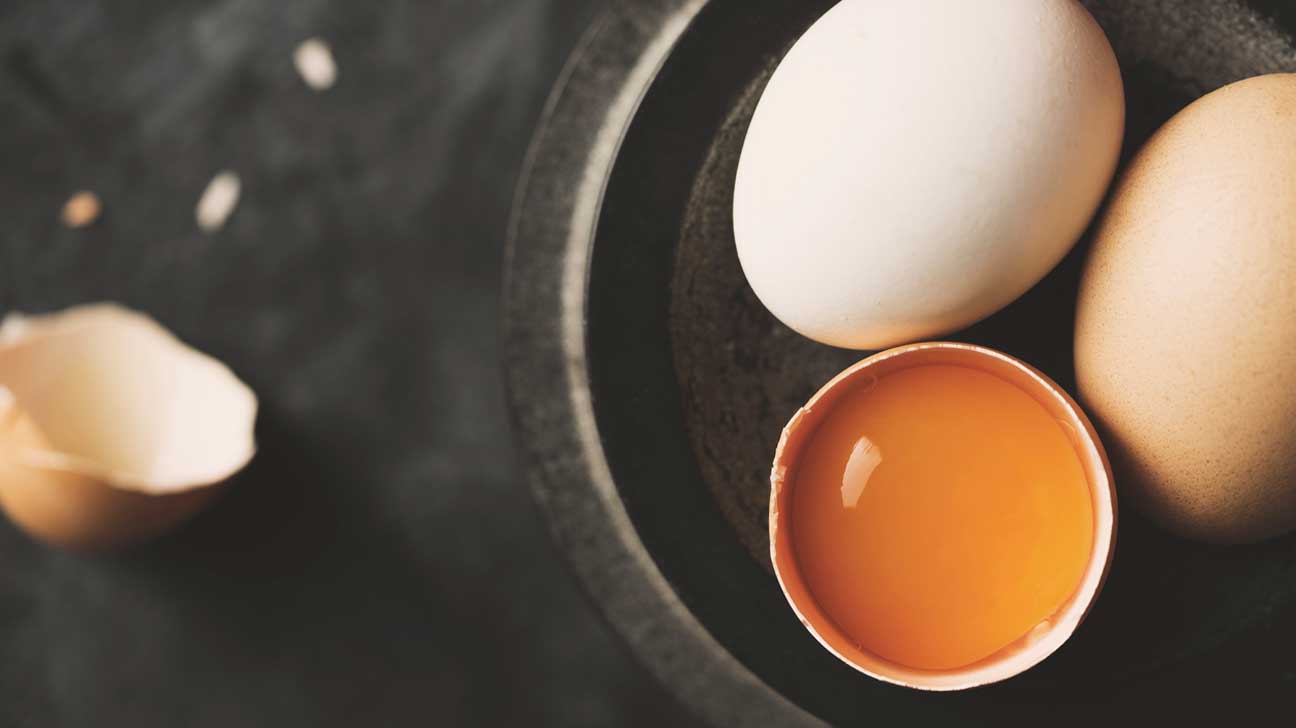
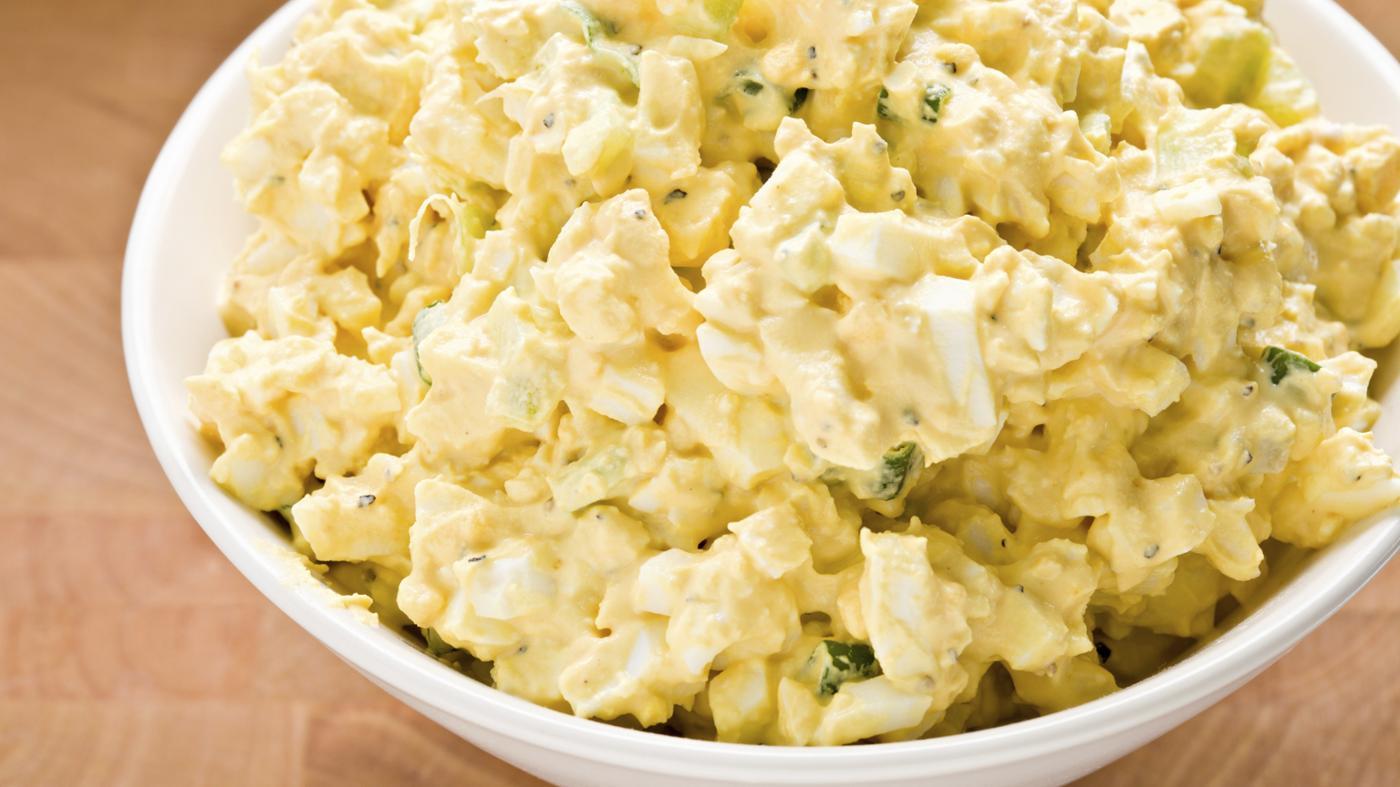
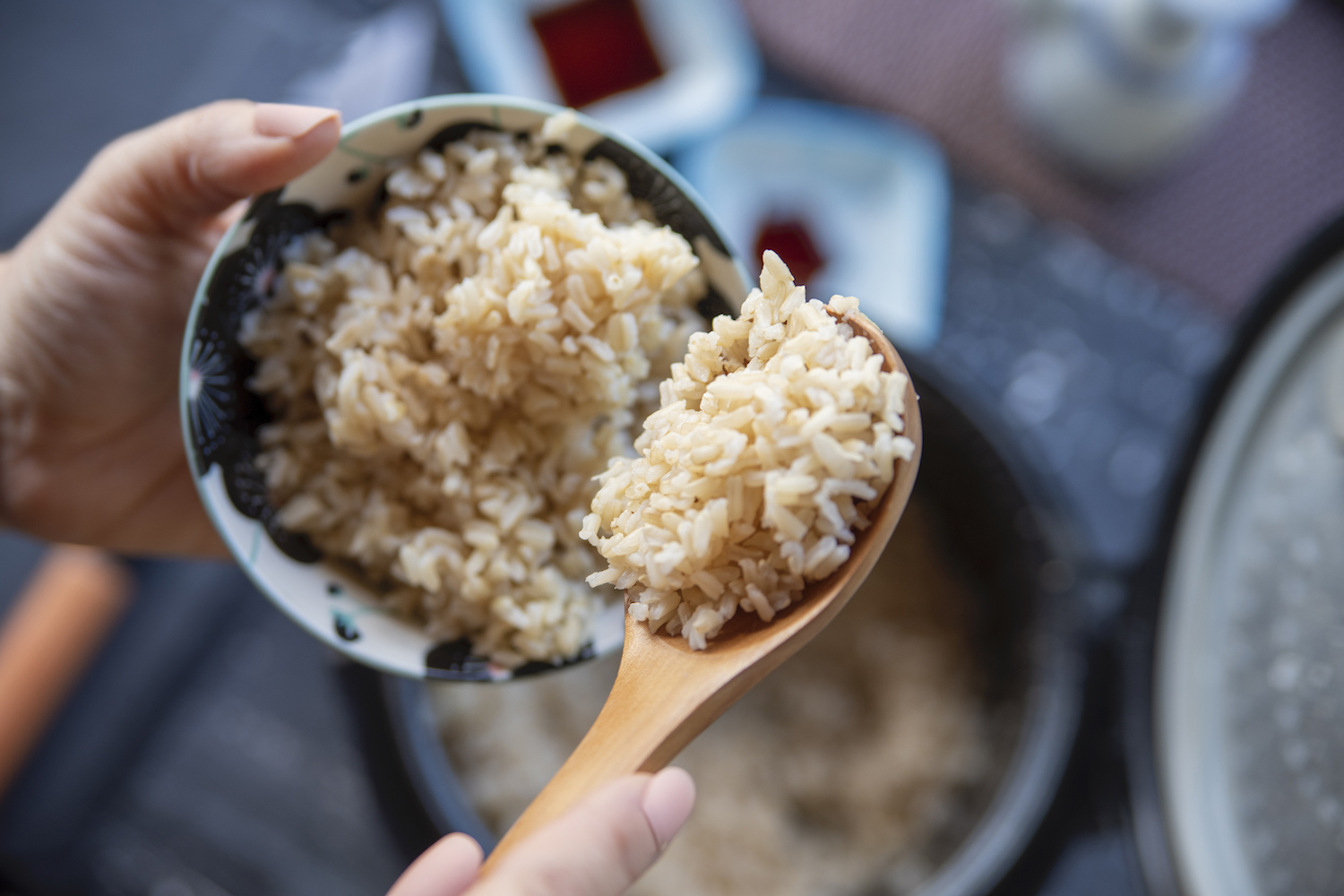

0 thoughts on “How Long Is Shrimp Good In The Refrigerator”